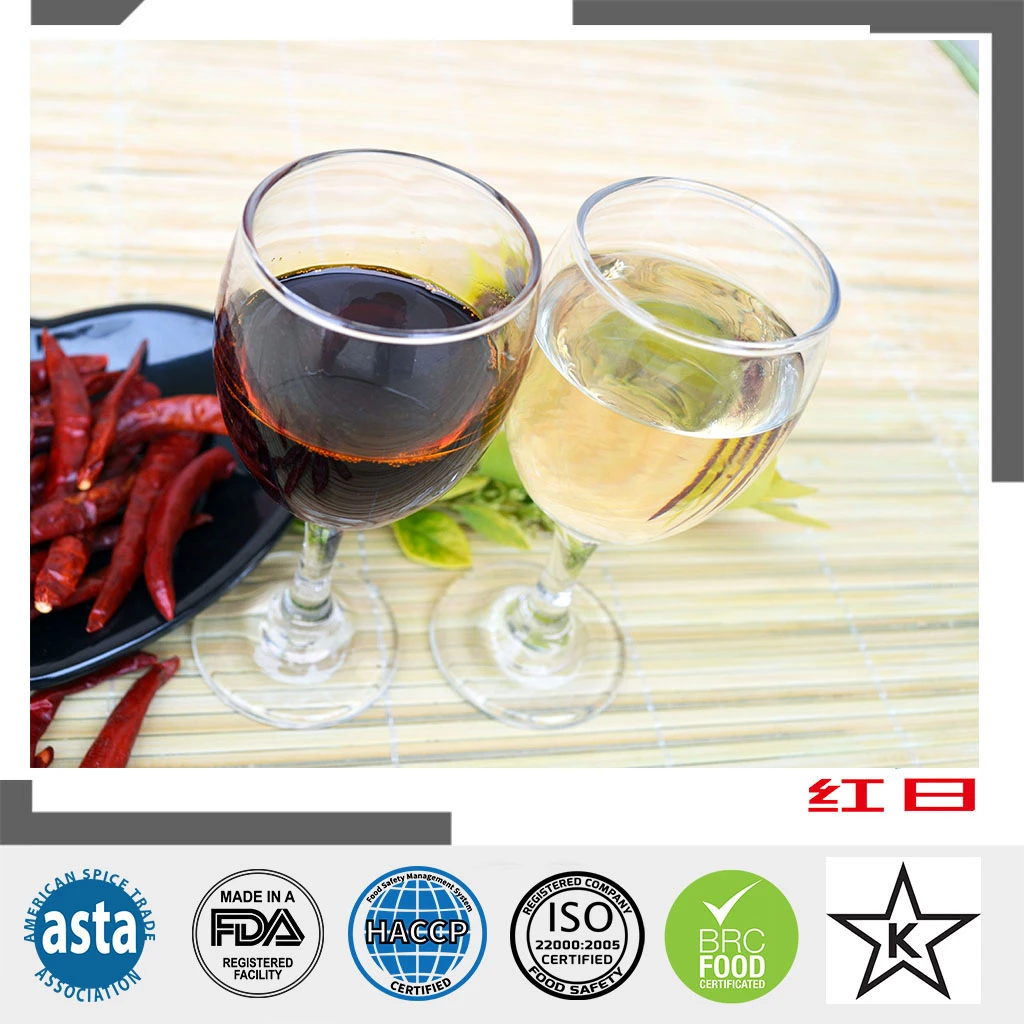- No. 268 Xianghe Street, Economic Development Zone of Xingtai city, Hebei 054001 China
- Byron@hbhongri.cn
Spicy Crimson Chili Powder for Bold Flavor and Zesty Dishes
The Essence of Hot Ground Red Pepper A Culinary Adventure
Hot ground red pepper, commonly known as cayenne pepper, is a vibrant spice that packs a punch in the culinary world. With its bright red color and intense flavor profile, it has been a staple in kitchens around the globe for centuries. This article explores its origins, health benefits, and diverse culinary applications, demonstrating why hot ground red pepper deserves a prominent place in your spice cabinet.
Origins and History
Cayenne pepper is made from the fruit of the Capsicum annuum plant. This plant is native to Central and South America, where it has been cultivated for millennia. The spice gained prominence as explorers and traders brought it back to Europe during the Columbian Exchange in the 15th and 16th centuries. Today, it is widely grown in warm climates around the world, including parts of the United States, India, and Africa.
Flavor Profile
The flavor of hot ground red pepper is complex yet distinct. It's characterized by a sharp, fiery heat that can enhance the taste of numerous dishes. Often rated on the Scoville scale, which measures the spiciness of peppers, cayenne pepper typically ranges between 30,000 to 50,000 Scoville Heat Units (SHU). This heat is not just overpowering; it is complemented by a slight fruitiness that makes it a versatile ingredient in both savory and sweet recipes.
Culinary Uses
The versatility of hot ground red pepper is one of its most appealing features. It can be used in various cuisines, from spicy Indian curries to zesty Mexican salsas.
hot ground red pepper

1. Cooking A pinch of cayenne can elevate soups, stews, and broths. It adds depth and complexity, transforming a simple dish into a flavorful masterpiece. For example, adding cayenne to chili not only increases the heat but also enhances the overall flavor, making it rich and hearty.
2. Marinades and Rubs Hot ground red pepper is an essential component of many marinades and spice rubs. Combine it with garlic, lemon juice, and olive oil for a zesty marinade that pairs beautifully with chicken, fish, or vegetables. The heat from the cayenne helps to tenderize meats while infusing them with a delightful flavor.
3. Baking Surprisingly, cayenne pepper can also find its way into baked goods. A pinch added to chocolate brownies or cookies can create an unexpected kick that contrasts beautifully with the sweetness. The warm spice in the background can make these treats even more memorable.
4. Health and Nutrition Apart from its culinary versatility, hot ground red pepper boasts several health benefits. It contains capsaicin, a compound responsible for its heat and associated with numerous health benefits. Capsaicin has been shown to enhance metabolism, aid in weight loss, and provide pain relief. Moreover, cayenne has antioxidant properties, making it a valuable addition to a balanced diet.
5. Culinary Traditions Across the world, different cultures have embraced hot ground red pepper in unique ways. In Mexico, it's a key ingredient in mole sauces and salsas. In Indian cuisine, it's often blended into spice mixtures like garam masala, adding warmth and color to dishes. In the southern United States, it plays a vital role in Cajun and Creole cooking, featured in gumbo and jambalaya. Each culinary tradition showcases the spice’s ability to invigorate dishes and bring people together.
Conclusion
In conclusion, hot ground red pepper is more than just a spice; it’s a culinary adventure waiting to be explored. Whether you seek to add heat to your meals or incorporate its numerous health benefits into your diet, this vibrant spice is full of potential. Its rich history, versatility in cooking, and array of health benefits make it indispensable in any kitchen. So, the next time you reach for the spice rack, don’t overlook the humble yet mighty hot ground red pepper—you might just discover a new favorite flavor enhancer that brings a burst of warmth to your culinary creations. Embrace the heat, and let your taste buds embark on an unforgettable journey!
-
Turmeric Rhizome Powder: A Golden Treasure from Roots to TableNewsJul.28,2025
-
The Versatile Application Of Crushed Red Hot Peppers: Lighting Up The Red Flames On The Dining TableNewsJul.28,2025
-
The Paprika: A Touch Of Vibrant Red In Color, Flavor, And CultureNewsJul.28,2025
-
Ground Turmeric: A Modern Examination of an Ancient SpiceNewsJul.28,2025
-
Capsicum Liquid Extract: Features, Applications, and ChallengesNewsJul.28,2025
-
Application of Capsicum Liquid Extract in FoodNewsJul.28,2025







